How Leaders Make or Break Change Communications
Originally Published on October 20, 2022
Photo by charlesdeluvio on Unsplash
This picture reminds me of how I used to approach change communications! It seemed like an endless array of tactics and in-the-moment decisions and writing key messages. Each leadership decision would drive another flurry of activity and we’d finally catch our breath to do it all over again.
I now have a more structured way to approach this task. It starts with me communicating to my sponsors and leadership about how change communications work, what makes them effective and their role in leading the change and how communications is part of that.
I find the biggest challenge with change communication is that sponsors and leaders underestimate their role in making this successful.
Many leaders think that facilitating conversations and aiding in decision-making and getting obstacles out of the way for the team is a job well done. It is a critical part of the work, but as important as any of these items is their visibility, mastery and ownership of change communications.
In the Connected Change ™ framework we talk about power and influence as a key element. Your sponsor should have a level of power, and their role is also to recruit supporters with additional high levels of power. At times, change messaging and visible, vocal support for the change in front of stakeholders will need to come from the most powerful person in the room. Ownership of the change lies within the organization and sponsorship, and the leadership need to take on this role. The change manager never leads communication efforts and should not be the person delivering any messaging.
Change communications work well when the change manager can help the leadership and sponsorship look good. I have a friend who used to work on political campaigns. He likened his role to speech-writer, event coordinator and personal assistant. To an extent, this is how the role of a change managers works in communications. Set up the leader to look good, tell them what to say, you write and they deliver! Then you also have to think about when and where and how that messaging is being delivered, all while coaching that leader through the process.
What makes leadership communication effective is authenticity, consistency and empathy. Change can be a hard message to deliver. Many leaders are cautious about saying too much too soon or getting the message right. I have a ton of understanding and patience for this, as they understand the gravity and importance of what they are saying and want to make sure it is successful.
Change communication works in line with the phase of change that you are in. For leaders, at the beginning they’re focused on understanding, excitement, and benefits. In the middle, they are rallying support, thanking people for their commitment and effort, and shining a light on success stories. At implementation and later stages, they are sending out calls to action, talking about the stories of the organization, and aligning their new world with history. Talking about the change and its success as well as what we have learned and will improve in the future, is the key part to focus on at the later stages of change.
You may have noticed that there are some things missing! During the implementation phase, there is lots of communication happening, but leaders don’t need to be delivering detailed tactical messages (for example, where to get trained and what training to complete, who the super-users or change champions are). This is the role of the change management team to fill in those details, but a leader has a minimal role in communicating the tactics of change.
I have developed a communications planning tool that helps break down who is doing what, and what types of communication is happening at each phase of change. This can be easily linked to a project plan and aligned with various initiatives and dates.
We’re sharing this free communications plan template with our subscribers in the November edition of our newsletter.
Sign up before November 1st HERE to reserve your copy!
Going forward we’re going to be sharing free templates for core change management deliverables every month with subscribers to our newsletter.

